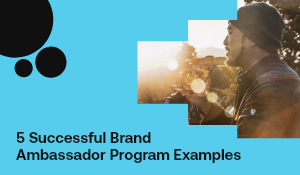Blog
Word of Mouth Marketing Examples That Made All the Difference
Marketers and entrepreneurs dream of the days they see their campaign costs plunge and their growth rate skyrocket through word of mouth from customers and advocates.
Many brands go beyond dreaming and pursue word of mouth marketing strategies that actively give customers a reason to share their thoughts and support the brand.
Outlined below are some of the best examples of word of mouth marketing across a number of niches.
Muji - Word of mouth through store experience
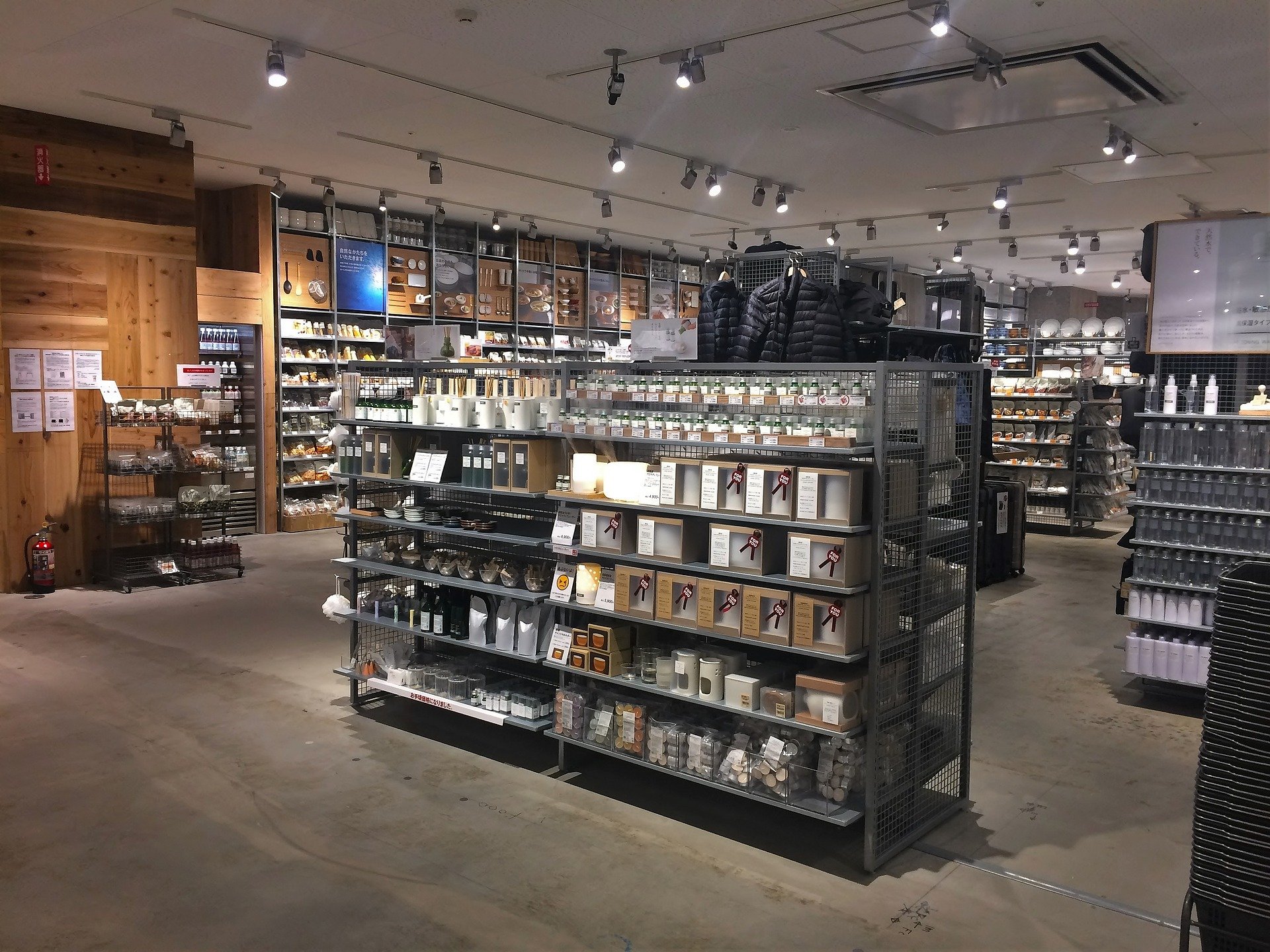
Muji is a popular Japanese lifestyle brand centred around an ethos of quality customer experience, timeless design and no advertising, a strategy that has allowed Muji to expand to over 900 stores in 26 countries since 1989. Muji’s success relies on word of mouth recommendations that come primarily from a relaxing store experience and simple product design.
The store experience resembles a spa more than a retailer. Shoppers are greeted with meditative music and a calming scent diffused throughout a store themed around neutral colours and soft lighting. The relaxing ambiance can serve as a much needed refuge from retail environments that expose shoppers to harsher lighting, upbeat music and a generally heightened tempo of buying.
The store experience also couples perfectly with the design language of Muji’s products. All products follow a similar design language of simple, neutral colours and natural themes are woven into each item. The store’s ambiance and the design of its products meld together perfectly to create a memorable and comfortable shopping experience for customers.
Although the company is facing growth troubles now, their commitment to customer experience and design allowed them to efficiently grow for decades without the need for heavy advertising spends.
Dropbox - Growth through referrals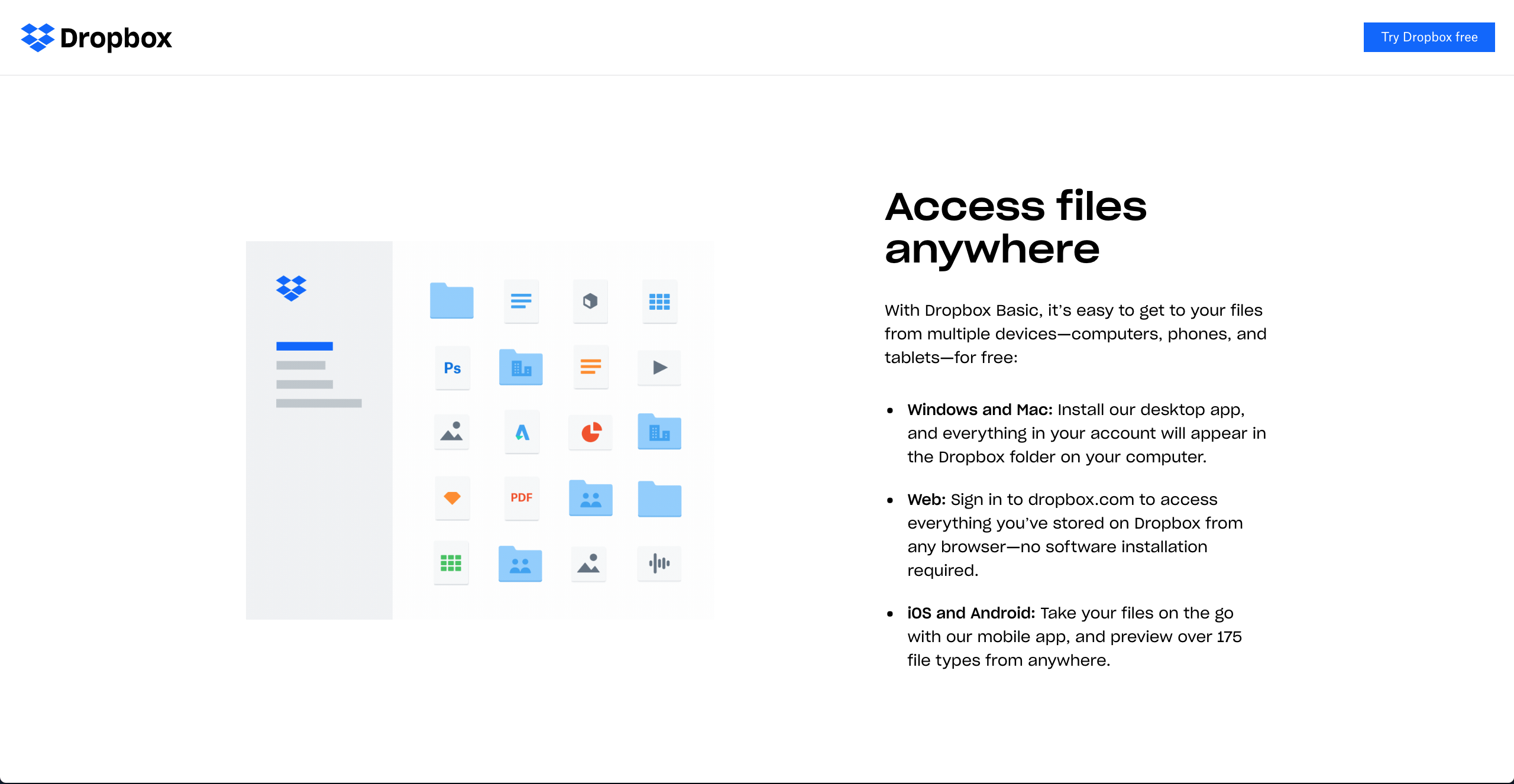
It is possible that no other company has ever implemented referrals as a word of mouth growth system better than Dropbox. Dropbox grew their user base from 100,000 to 4,000,000 in only 15 months through an incredibly effective referral strategy for a product that was difficult to market in 2008: personal cloud storage. While extremely useful, cloud storage was not something the average consumer understood or searched for, making it particularly difficult to spread through word of mouth.
In cases like this, word of mouth needs to be based on some sort of incentive or transactional benefit that is easily understood by both users and potential new customers—Dropbox managed to hit the bullseye after trying growth strategies that failed horribly.
Dropbox implemented a simple two-sided referral program that rewarded both the referrer and referee. While many brands have tried referrals, this word of mouth strategy worked so well because of the reward they chose as well as the referral user experience.
Firstly, Dropbox followed a cardinal rule of referrals: relevance. Instead of giving away t-shirts or mousepads, they gave users more of the product they signed up for in the first place, storage space. While this may seem like a simple decision, its impact was significant. Dropbox could already be confident that the incentive was appealing because customers had already signed up for their service, more storage would only make the service more useful. Storage space was also an efficient incentive for Dropbox as it is relatively inexpensive compared to purchasing merchandise and shipping it around the world.
Secondly, Dropbox made the referral process as easy as possible with an intuitive user experience and compelling copy. Immediately after signing up for an account, users were given the opportunity to get more space by referring friends directly or creating social posts through a link.
Ultimately, Dropbox nailed three tenets of effective referrals to achieve major growth:
- The product was desirable
- The incentive was related directly to customer needs and the product
- The user experience made referrals frictionless
OnePlus - Invite only releases
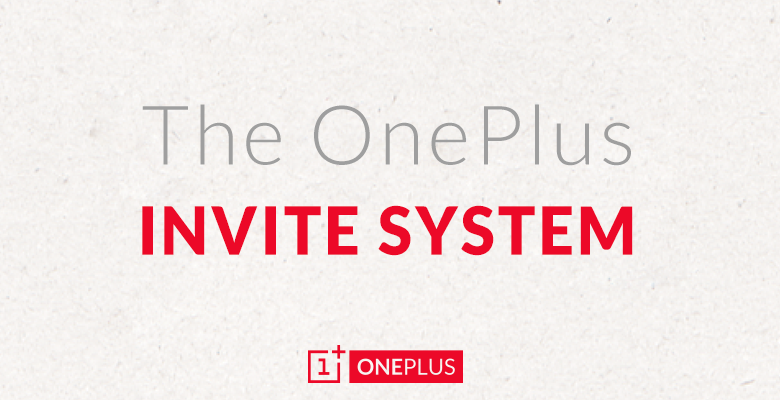
OnePlus is known for creating smartphones that are “flagship killers” that compete with major brands like Apple and Samsung on performance, but at a much more affordable price point. They are a clear example of successful word of mouth marketing that combines status building with quality products to invoke desire and recommendation behaviour in potential buyers.
Customers couldn’t simply purchase a OnePlus phone when it was initially released—they had to receive an invite, typically from another customer. Customers flocked to social media and personal networks to lobby for an invite to purchase the phone and OnePlus found themselves in the middle of a terrific word of mouth marketing campaign.
The exclusive invite model drove word of mouth by creating a status benefit for customers that had invites to give, and a desire element for those who didn’t. Customers felt as if they had membership to a unique club and the power to bring others into that club.
The strategy paid off for OnePlus because they created a product that lived up to its promises, which boosted the brand’s value and made purchase invites a highly valued commodity. The OnePlus One was a genuinely high performance phone at a significantly lower price point, and had the benefit of using Google’s Android operating system to bring the brand a more trustworthy foundation.
Consumers have a plethora of choice in today’s smartphone market, but this was not the case when OnePlus launched. Apple and Samsung dominated global market share in 2014 with established brands like Motorola, LG and Sony filling much of the left over space. Brands would have to build great phones and spread their reputation quickly, which OnePlus successfully did through their invite system.
OnePlus still trails Samsung and Apple by a large margin, but they are now effectively competing against much larger brands in the premium smartphone market.
Supreme - Status through scarcity
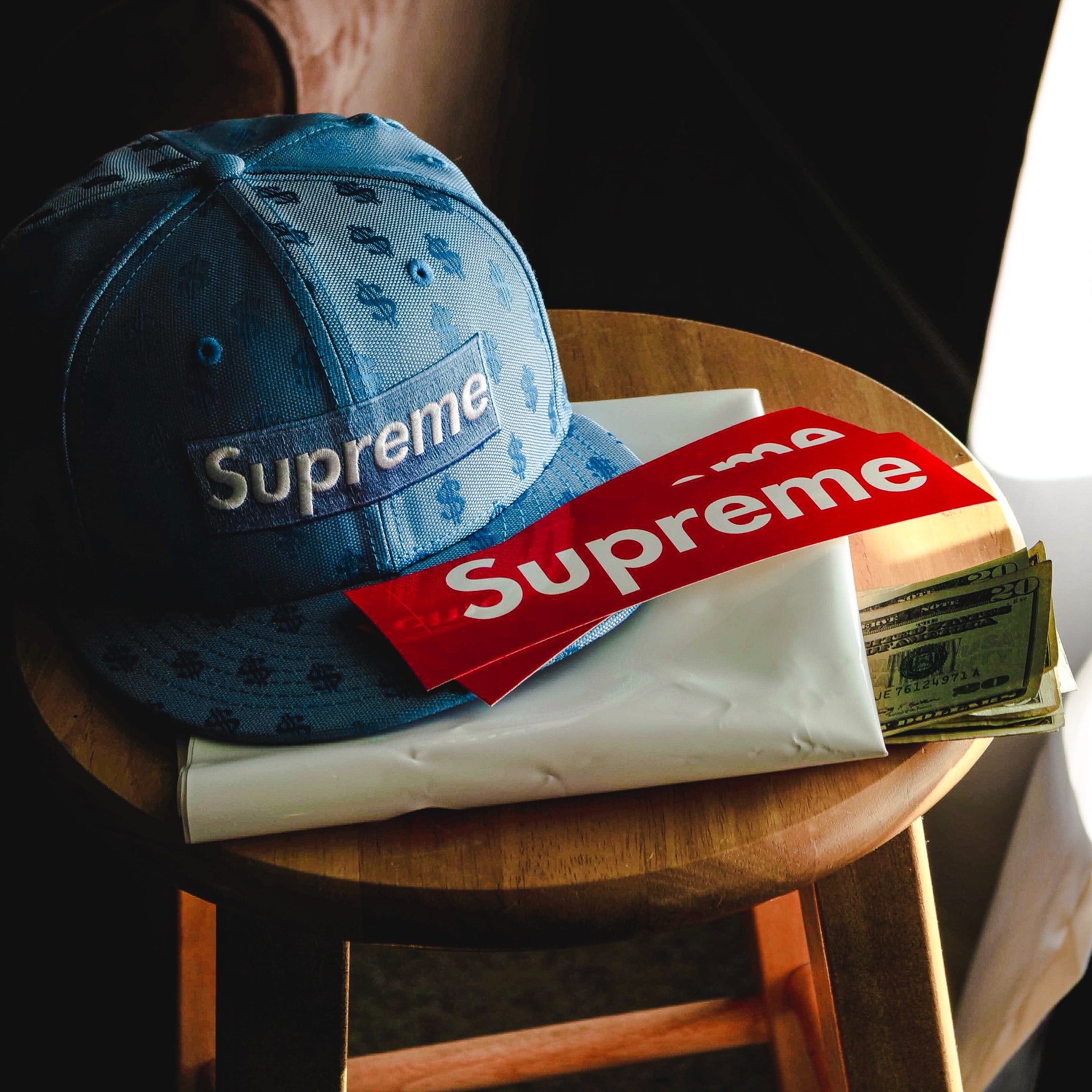
Supreme is perhaps the most powerful word of mouth marketing example when it comes to appealing to younger generations of buyers. The iconic “supreme red” coupled with simple white lettering grew astronomically from a small rebellious skateboard shop to an iconic luxury streetwear brand with a $1 billion valuation.
How has Supreme built a brand empire with minimal paid advertising? Similar to OnePlus, Supreme creates desire and sharable moments by boosting the status of their customers. Their word of mouth marketing strategy centres on achieving this through:
- Limited product runs
- High profile collaborations
- The use of queues and purchase events
Supreme releases a limited amount of products for their lines before discontinuing them. The fear of missing out compels customers to buy products as quickly as possible to avoid entering the extremely expensive resale market for Supreme products. These limitations also create exclusivity for Supreme fans—giving them more reason to show off products -especially unique ones like bricks and nun chucks- to their own friends and social networks.
With strong levels of desire for their products, Supreme creates conversations and buzz amidst the public by orchestrating long queues to get into stores to purchase products. Customers tend to wait in queues that are hundreds of people in length and can last the entire day—leading pedestrians and potential customers walking by to inquire about the brand.
Finally, Supreme uses strategic collaborations to get organic coverage from press and more demand from customers for rare collectable items. Luxury fashion producers like Louis Vuitton and streetwear leaders like Nike and Adidas have all launched collaborations with Supreme.
This calculated word of mouth marketing strategy requires deep dedication, but it has allowed Supreme to brand itself as both a cult brand and a worldwide titan of fashion.
Grenade Fitness - Word of mouth through compelling packaging
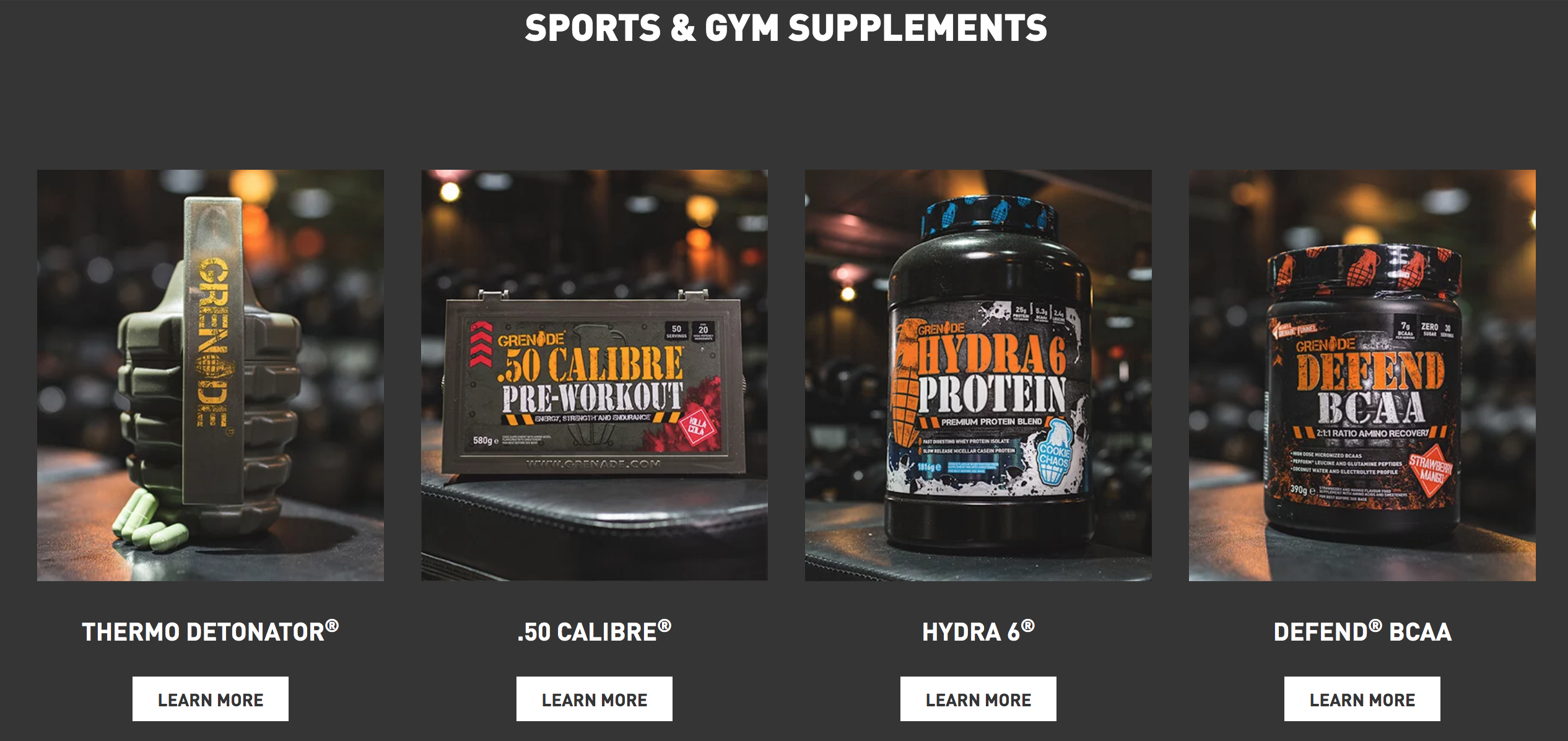
Brands have often used unique packaging as a part of providing a premium customer experience, and with that experience comes many opportunities to spread through word of mouth. Unique packaging gives customers and potential buyers compelling reasons to take and share photos, and visually striking products are easy to recall in conversations.
Grenade Fitness grew in a cramped and competitive market by doubling-down on this strategy. The company’s weight-loss fitness supplements are packaged in containers that are shaped like hand grenades and the entire brand is built around military themes (including a pillbox designed to look like an ammunition container). These visual cues represent a stark contrast to most weight-loss products that are typically packaged in round tubs with neutral colour themes and clinical language, meaning Grenade products are more eye-catching on shelves and can appeal to new customer segments.
The key to Grenade’s success is its nuanced understanding of the market. While aggressive branding is common in many niches of fitness supplements, it is not common specifically in the weight-loss category that Grenade used as its beachhead into the market—they were not only more memorable and sharable than competitors, but could also appeal to untapped customer segments. The brand’s approach has paid off, they’ve now been featured as one of the fastest growing UK brands for international sales.
BrewDog - Mission-driven word of mouth
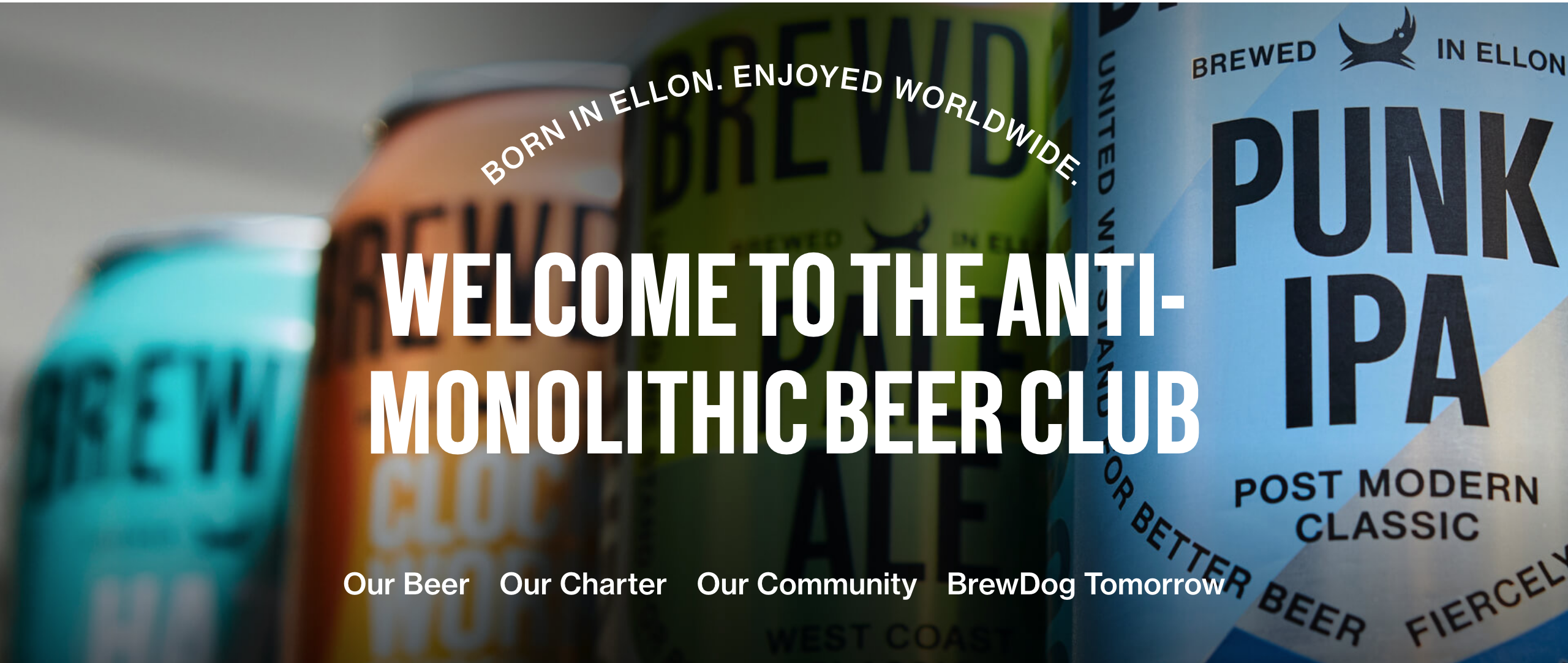
Some companies tell effective and elegant stories about their mission to muster up buzz and get customers advocating for them, others opt for shock value and stunts that immediately capture attention. BrewDog has managed to do both.
The brewery leverages their punk lifestyle and values to deliver public shock campaigns including driving a tank through Camden Town in London and selling small-batch beers stored in deceased animals.
BrewDog’s word of mouth marketing strategy combines two different approaches: clarity of mission and controversial publicity. Customers that believe in a brand’s mission will be intrinsically driven to share products and make recommendations—as long as the brand continues to live up to those values.
Controversial publicity also creates compelling reasons for customers and the public to speak, argue and share their opinions. In BrewDog’s case, the use of visuals only made it easier to be featured by press and create shareable conversations. While controversy is a dangerous strategy for most, it worked for BrewDog because the ideals of the punk lifestyle are inherently rebellious and steeped in counter-culture.
The importance of word of mouth marketing
Asking customers to advocate for a brand through word of mouth is to ask them to stake their reputation on a brand. It is a request that must be based on powerful incentives and appeal for a customer, whether that’s through a gift or the pursuit of a noble vision. Brands that can connect with the identity of their customers stand to build better word of mouth programs, and more organic growth as a result.
